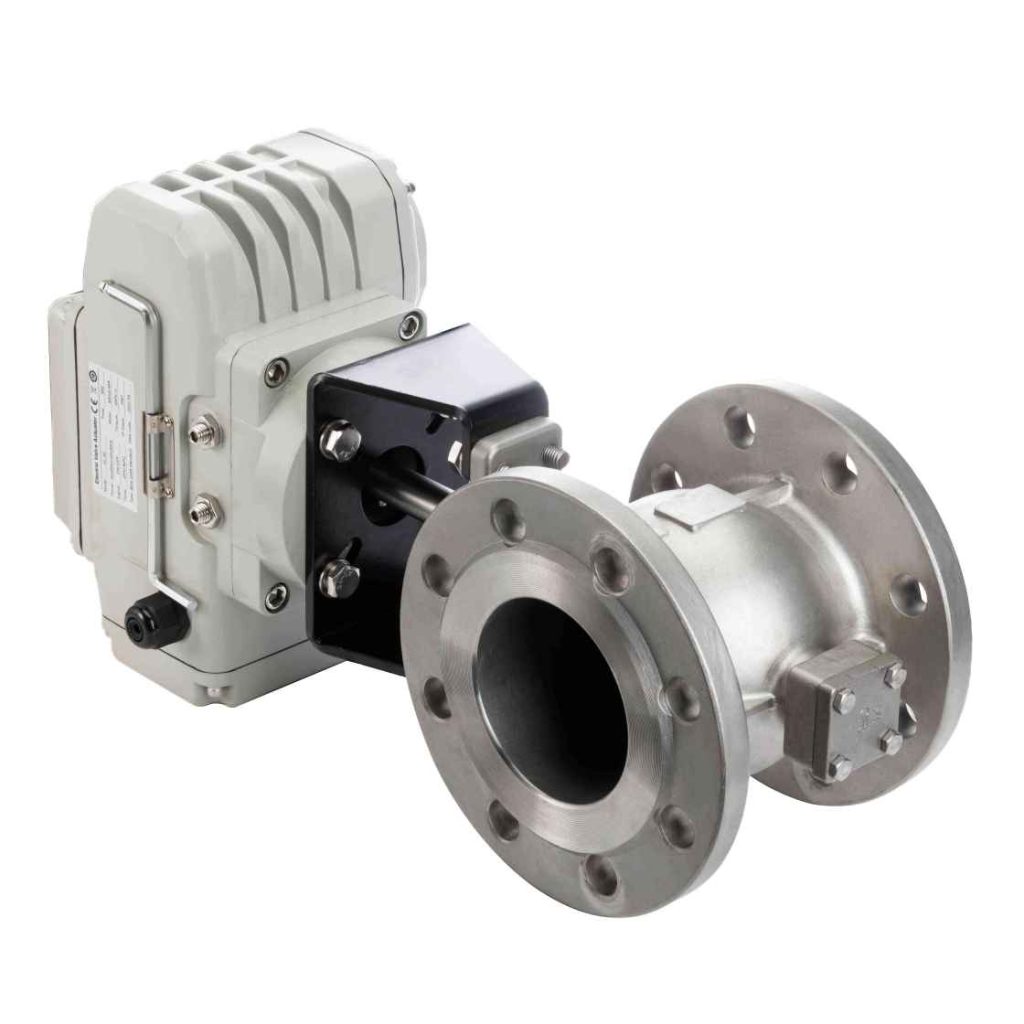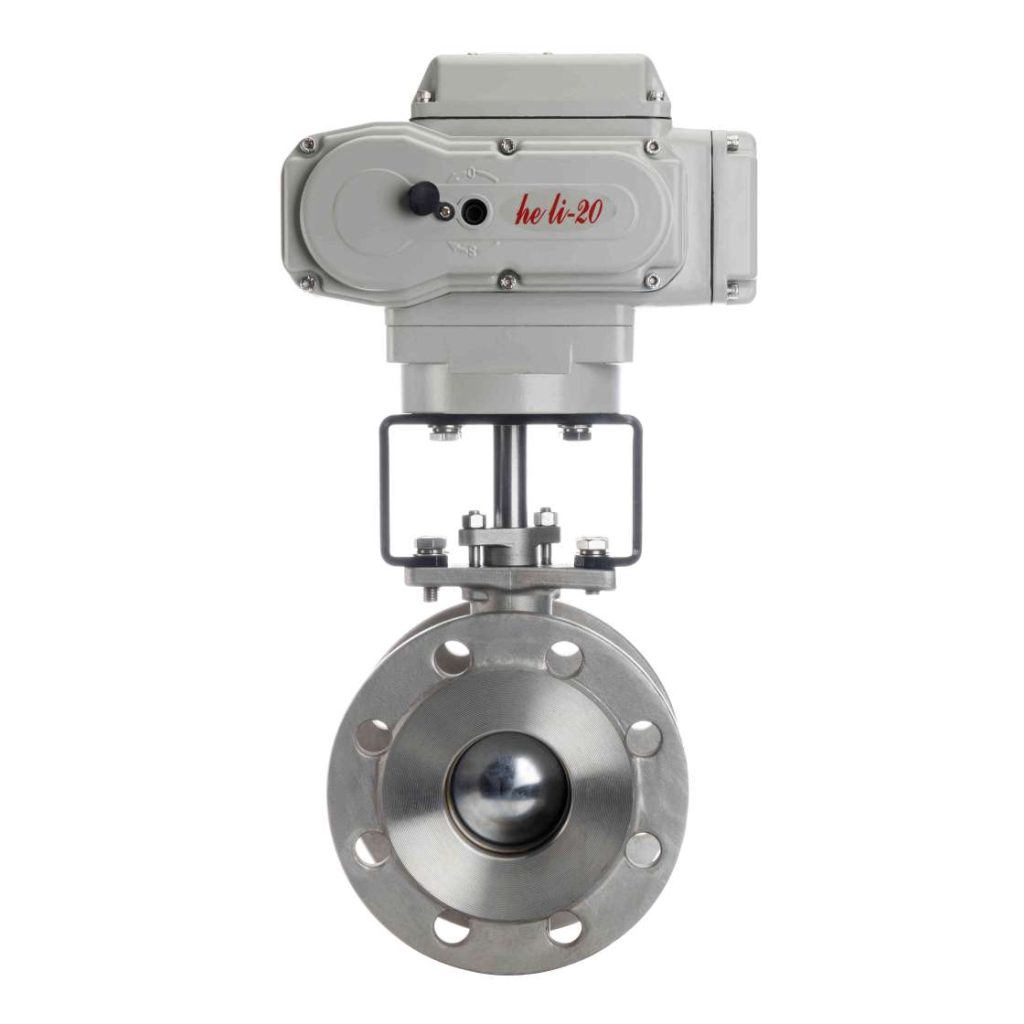The Electric V-Ball Valve is a specialized type of control valve designed to regulate the flow of fluids in a variety of industrial systems. Combining the functionality of a traditional ball valve with the precision of electric control, this valve type offers a higher degree of accuracy, efficiency, and ease of integration into automated systems. As industries become more complex and automation continues to advance, the Electric V-Ball Valve stands as a critical component in optimizing flow control, offering significant advantages across various applications such as HVAC, chemical processing, water treatment, and more.

What is an Electric V-Ball Valve?

At its core, the Electric V-Ball Valve consists of a ball with a V-shaped notch or cut, which provides better flow regulation compared to traditional ball valves. This V-notch geometry allows the valve to provide a higher level of control over fluid flow, especially in systems where precise modulation is necessary. The “electric” aspect refers to the motorized actuator that operates the valve, enabling remote or automated control, often through a control system like a Distributed Control System (DCS) or Programmable Logic Controller (PLC). The actuator is powered by electricity, and it allows for accurate and reliable control over the valve’s position.
